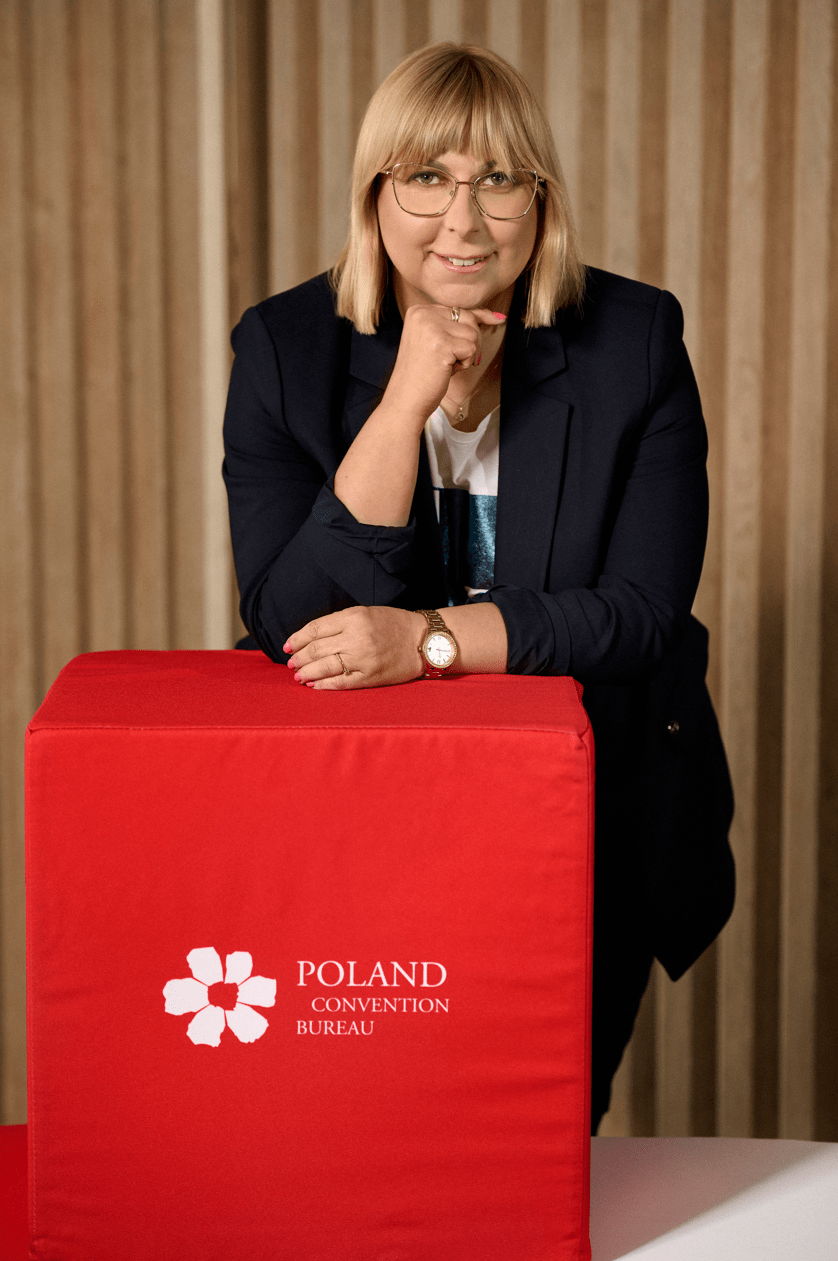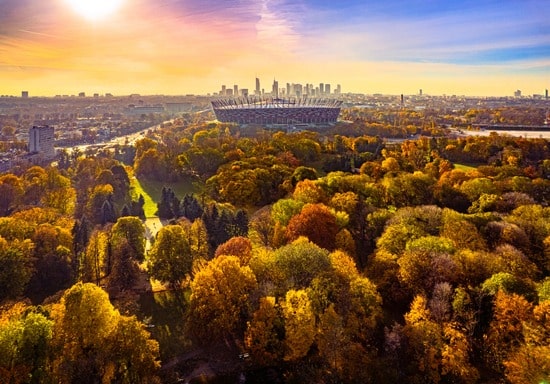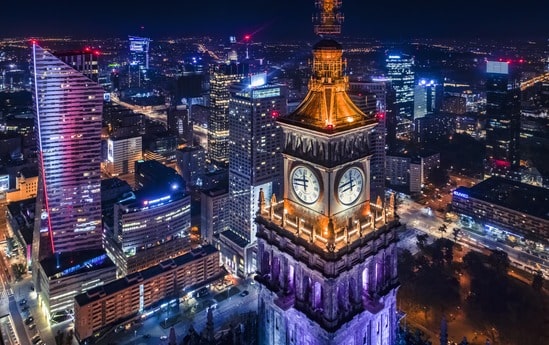

Warsaw is one of Europe’s greenest capitals, with nearly 25 percent of its area covered by parks and green spaces. This commitment to sustainability aligns with the growing trend of eco-conscious events, offering a refreshing environment for delegates while supporting green meeting initiatives.
Warsaw is one the most significant scientific hubs in Europe, with over 150 scientific institutions and a large representation of professors and researchers who are active members of international associations. Collaboration is part of a Polish DNA, and the perfect showcase of collaboration is The Polish Congress Ambassadors Program, being implemented 25 years ago with the cooperation of the Polish Tourism Organisation and a non-governmental organisation, the Conference and Congress Association in Poland. In the current edition over half of the laureates were nominated by the Warsaw and Mazovia PCA Club, jointly managed by Warsaw Convention Bureau and the Mazovia Convention Bureau.
With English widely spoken in business settings and among younger populations, communication barriers are minimal. Many venues also have multilingual staff to support international events seamlessly.
A part of Warsaw Convention Bureau’s mission is to offer support to both Polish and international meeting planners who consider Warsaw for their events. Each request for support is individually evaluated and the decision on the scope of the support depends on several factors, such as the available resources of Warsaw Convention Bureau and its partners, as well as the economic impact and significance of the event’s content and image.
Warsaw offers a high-quality experience at competitive prices compared to other European capitals. Delegates can enjoy premium accommodations (15 5-star hotels, 29 4-star hotels), dining, and event facilities for less, making it a budget-friendly yet upscale choice for organizers and attendees alike.

Warsaw is a major hub for international connections, making it highly accessible from almost anywhere in the world. Warsaw Chopin Airport, the largest airport in Poland, offers direct flights to numerous international destinations across Europe, North America, Asia, and the Middle East. For travellers from neighbouring European countries, Warsaw is well-connected via an extensive rail network. This accessibility, combined with a well-developed public transport system, ensures seamless experiences for international attendees travelling to association meetings.

Tourism, to me, is a form of connection – a bridge that allows us to see beyond borders, to understand one another, and to find common ground. My role is to continue building that bridge, to create a future where Poland is recognized not only for its beauty but for its people, their resilience, and their warmth.
The Polish capital recently welcomed a novel museum. The Museum of Modern Art Warsaw is 19,788 meters long, stretching on four floors above ground and two underground floors. The interiors have been designed to accommodate over 4,500 sqm of exhibition space. Boasting a minimalist, modern design and a monolithic white facade, the new museum is home to an exhibition space, a cinema, auditorium café and shop. One of the venue’s most unique halls is the cinema with a 150-seat auditorium. The novel museum also features an educational space, conservation workshops, warehouses, café facilities and technical rooms. It can also be used by event organizers for a range of events.
Warsaw Convention Bureau

Issue #15 – February 2025